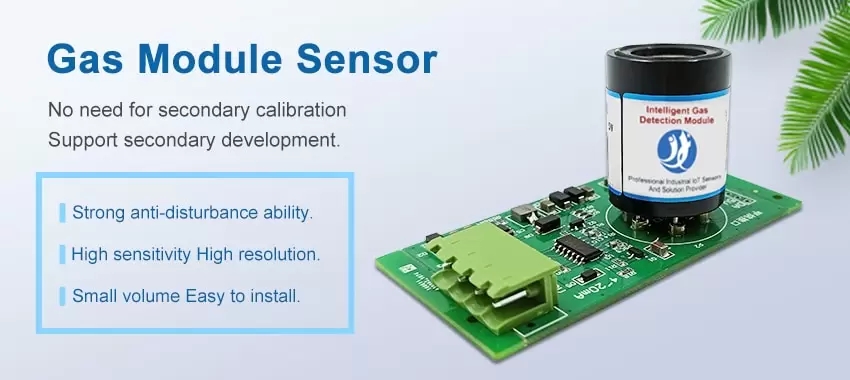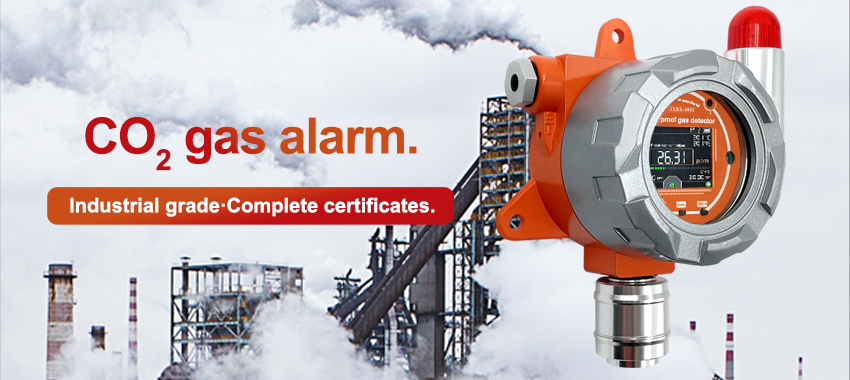Background:
Indoor air quality is being talked about more and more these days, especially as the world reopens after shutting down for COVID-19. While temperature, humidity and the level of particulates are all important aspects of indoor air quality, CO2 is now being seen as equally important.Carbon dioxide (CO2) is emitted by all animals through respiration. While the baseline CO2 in the atmosphere is around 410 ppm, human breath often has a carbon dioxide concentration above 40,000 ppm. Indoor spaces tend to have a carbon dioxide concentration between 400 and 2,000 ppm depending on how the space is being used and the quality of the ventilation system. While the American Society of Heating, Refrigerating and Air-Conditioning Engineers (ASHRAE) recommends a concentration below 1,000 ppm for a closed room, many HVAC installers and local jurisdictions set the target maximum concentration at 800 ppm. What do those target maximums mean and are they even really that important?We can use CO2 sensor for online monitoring.
Why does CO2 matter?
Carbon dioxide tends to affect air quality in two ways. As the CO2 in a space goes up, people tend to feel drowsier and duller. As the CO2 in the air increases, CO2 in the bloodstream increases as well, limiting the amount of oxygen available to the brain. Ever been in a stuffy conference room for a few hours? That drowsy, tired feeling is often in part due to higher CO2 concentrations.
Additionally, if the CO2 starts going up in an occupied space, there is typically a higher chance for virus transmission as well. Many newer HVAC systems are using CO2 measurements as inputs to control the amount of outdoor air that is used as ventilation air. Because it is typically more expensive to condition outdoor air, using CO2 as an indicator allows the system to trim the amount of outdoor air being introduced, and thus energy used, while still protecting occupants and optimizing indoor air quality. In addition to HVAC systems using CO2, more air quality monitors on the market are choosing to include CO2 as one of the measured values.

How do CO2 sensors work?
The most common type of carbon dioxide sensor is the nondispersive infrared (NDIR) type sensor. Air is drawn into the CO2 sensor where an infrared lamp directs waves of light through the air sample. On the other side of the sensor is a detector that measures how much light can pass through the sample.
Carbon dioxide absorbs light with a frequency near 4.26 microns, the frequency output by the infrared lamp. Because of how precisely tuned the infrared lamp and the detector are to the carbon dioxide sample, NDIR sensors can output a highly accurate carbon dioxide concentration measurement. The downside to such a powerful sensor? The cost.

Fixed CO2 gas sensor
Explosion-proof carbon dioxide gas alarms are specially developed and produced for harsh environments. The professional testing co2 sensor probe is used as the core detection device; it has the characteristics of wide measurement range, high precision, good linearity, good versatility, convenient use, easy installation, long transmission distance and moderate price. Industrial-grade sensor for continuous monitoring of gas concentrations. The certificate is complete, there are a variety of options, and can be purchased on demand. There are a variety of options for the alarm controller, and the optional external control ports are rich.More gas monitoring equipment welcome to consult JXCT.
 : +86 155 8830 2704
: +86 155 8830 2704 : jxdziot@gmail.com
: jxdziot@gmail.com
